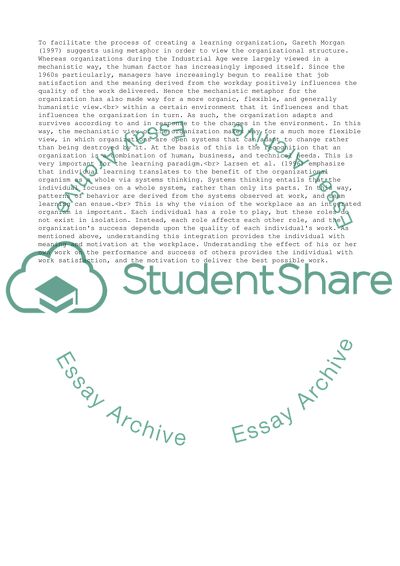Cite this document
(Organisational Learning: A New Paradigm for the 21st Century Case Study, n.d.)
Organisational Learning: A New Paradigm for the 21st Century Case Study. Retrieved from https://studentshare.org/management/1501263-organisational-learning
Organisational Learning: A New Paradigm for the 21st Century Case Study. Retrieved from https://studentshare.org/management/1501263-organisational-learning
(Organisational Learning: A New Paradigm for the 21st Century Case Study)
Organisational Learning: A New Paradigm for the 21st Century Case Study. https://studentshare.org/management/1501263-organisational-learning.
Organisational Learning: A New Paradigm for the 21st Century Case Study. https://studentshare.org/management/1501263-organisational-learning.
“Organisational Learning: A New Paradigm for the 21st Century Case Study”, n.d. https://studentshare.org/management/1501263-organisational-learning.


